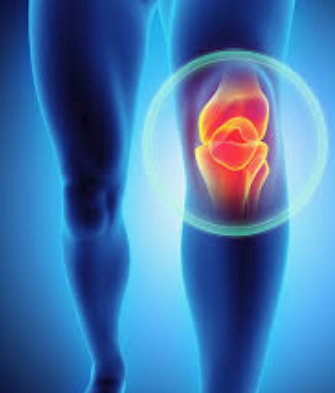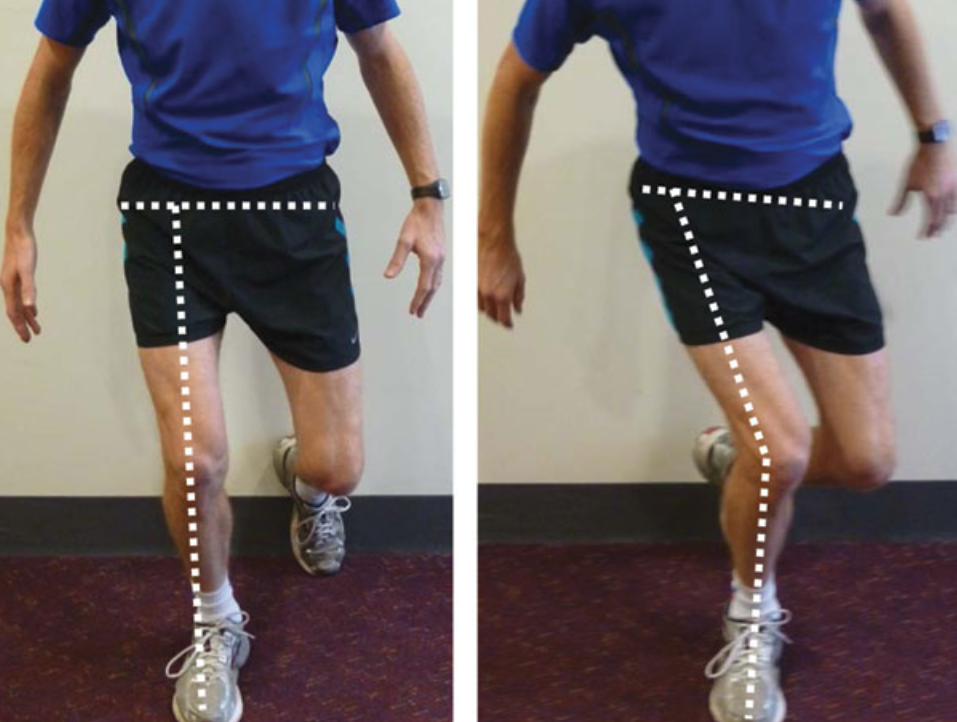
Patellofemoral Pain Syndrome (PFPS) is a common complaint we see here in the clinic. This usually presents as a gradual onset of pain in the front of the knee which is generally vague and difficult to pinpoint. This knee pain usually progressively worsens over time and can interfere with your daily activities and overall function. There can be a number of contributing factors to PFPS and therefore it needs a thorough examination to identify the important factors for each individual patient. Factors such as load management, range of motion, strength and control of the hip, knee, ankle and foot can all play a part in the development of PFPS. It is important then, that we identify the contributors and target these factors with an individualised rehabilitation program. Let’s take a look at these factors in some more depth:
Load Management: As with many injuries we see here at Central Performance, the main contributing factor tends to be a sudden increase in activity (running or loading) e.g. getting back to running after a break but trying to do the same distances you were running before you stopped. Although PFPS often affects runners, it can also occur from other repetitive activities such as stair climbing, hiking or hill running as well as excessive compressive activities such as squatting and kneeling. Key to the successful rehabilitation of PFPS is to manage your load in an appropriate and graded way.
Knee Strength and Lateral Tightness: Research shows that people suffering from PFPS tend to have a weakness in the quadriceps muscles. We also see that the structures (eg the ITB) on the outside of the knee and hip are tight and this affects the position of the patella, pulling it laterally and causing increased wear and tear on the cartilage of the knee due to this sub-optimal tracking.

Hip Strength and Control : A lack of hip strength or control, particularly in the gluteal (“glutes”) muscles to the side of your hips, can result in a rolling inwards of the knee during single leg activities (e.g. walking, running, steps etc). This inward rolling (“valgus collapse”) also pulls the patella outwards, which causes further wear and tear on the under surface of the patella itself and on the contact points of the femur.
Ankle and Foot Factors: Stiffness or restriction of the ankle can transfer excess load up the leg and place more stress through the knee. Similarly, if there is a lack of strength in the calf complex, then this can result in an increase in load through the knee joint in order to compensate. Foot posture has also been linked to PFPS, with those people having flat or “pronated” feet more likely to present with patellofemoral pain.
As you can see, managing Patellofemoral Pain Syndrome is as complex as it is to spell it! It requires a thorough assessment and an individualised rehabilitation program addressing the factors that are specific to you and your pain experience – there is no “one size fits all” treatment recipe. So if you are experiencing anterior knee pain our talented team of physio’s can help!

